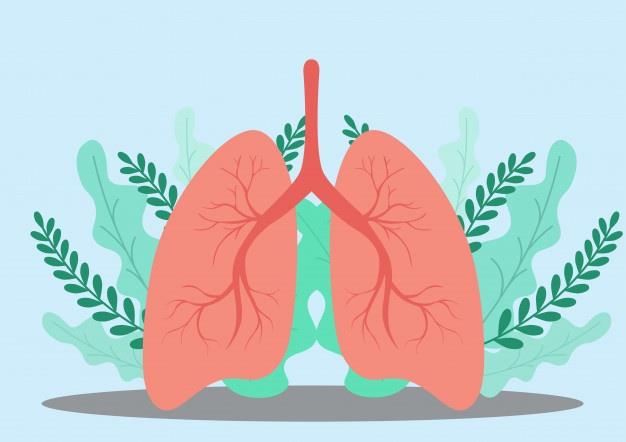Persons who smoke, people who are often exposed to air pollution, and people with chronic respiratory diseases including asthma, chronic obstructive pulmonary disease, and cystic fibrosis may benefit from lung cleansing treatments.
Inhaling pollutants such as cigarette smoke and other poisons can harm the lungs and potentially create health problems. It is critical to keep the lungs healthy in order to keep the rest of the body healthy.
According to the World Health Organization (WHO), air pollution causes 4.2 million deaths globally per year Trusted Source. In the United States, cigarette smoking is the leading cause of mortality for one in every five people Trusted Source.
We'll go through some of the ways folks can take to try to clear their lungs in this post.
Is it possible to get your lungs cleansed?
The health of one's lungs is critical to one's entire well-being. The lungs are self-cleaning organs that will begin to recover once they are no longer exposed to toxins, such as when a person stops smoking.
A person's chest may feel full, congested, or irritated after being exposed to pollutants, such as cigarette smoke. Mucus builds up in the lungs to trap germs and infections, contributing to the heaviness.
People may be able to reduce chest congestion and other unpleasant symptoms by using specialized procedures to cleanse the lungs of mucus and irritants.
Some of these techniques may also help to open up the airways, increase lung capacity, and reduce inflammation, all of which can assist to lessen the effects of pollution and smoking on the lungs.
Lung-clearing techniques
Breathing exercises and lifestyle modifications to help eliminate extra mucus from the lungs and improve breathing are discussed below.
1. Steam treatment
Inhaling water vapor to expand the airways and assist the lungs discharge mucus is known as steam treatment or steam inhalation.
In cold or dry air, people with lung problems may discover that their symptoms increase. The mucosal membranes of the airways might become dry and impede blood flow in this environment.
Steam, on the other hand, provides warmth and moisture to the air, which can aid with breathing and loosening mucus in the airways and lungs. Inhaling water vapor can help patients breathe more freely and give instant comfort.
A tiny research of 16 men with chronic obstructive pulmonary disease (COPD), a lung illness that makes it difficult to breathe, discovered that steam mask therapy reduced cardiac and respiratory rates considerably more than non-steam mask therapy.
The participants, on the other hand, did not report any long-term improvements in their respiratory function.
Although steam treatment may be a temporary remedy, additional study is needed before researchers can completely comprehend the advantages of steam therapy on lung health.
2. Coughing under control
Coughing is the body's natural method of releasing poisons trapped in mucus. Coughing with control loosens extra mucus in the lungs and sends it up the airways.
COPD patients should use this exercise to help clean their lungs, according to doctors.
People can clear their lungs of excess mucus by following the methods below:
- Relax your shoulders and keep both feet flat on the floor while sitting in a chair
- The arms should be folded across the tummy
- Inhale gently through your nose
- Exhale gently while bending forward and pressing your arms on your tummy
- Cough twice or three times as you exhale, keeping your mouth slightly open
- Inhale gently through your nose
- As needed, take a break and repeat
- Place yourself on the floor or in a bed.
- Place cushions beneath the hips to keep the chest from rising above the hips.
- Inhale slowly through your nose and exhale slowly through your mouth. 1:2 breathing means that each exhale should be twice as long as the inhale.
- Keep going for a few minutes.
- Lie on one side with your head resting on an arm or a cushion.
- Pillows should be placed beneath the hips.
- Practice breathing in a 1:2 ratio.
- Keep going for a few minutes.
- Rep on the other side.
- Place a pillow stack on the floor.
- Lie down on your stomach with your stomach over the pillows. Remember to maintain your hips higher than your chest.
- For further support, fold the arms beneath the head.
- Practice breathing in a 1:2 ratio.
- Keep going for a few minutes.

Post a Comment